September 21, 2014 at 9:23 pm
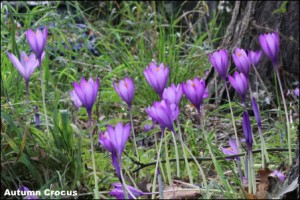
What a fabulous month September has been with high temperatures and very little rain. This extension to Summer has brought good numbers of Adders into the sunshine. One day alone I had six females enjoying the early morning warmth before their long hibernation ahead. The warmth has also triggered the best display of Autumn Crocus I have ever seen locally. The sad news, of course, is that they only stay upright for a few days before the stalks collapse and they disappear into the leaf litter. Click here
The most surprising event of the week was watching a pair of House Martins still feeding young in their nest on the 21st September. The odds of this family party not making it to their wintering grounds at this date must be considerable. I wish them well.
September 14, 2014 at 7:42 pm
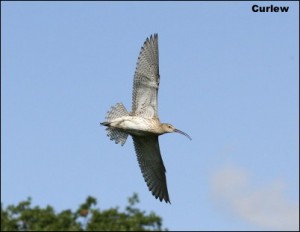
In the hills there is now an exodus of Curlews and Lapwings as they head towards the coast. At the same time lots of Meadow Pipits are on the move together with the last Wheatears and Spotted Flycatchers. On the moorland reservoirs Great Crested Grebes now have their last brood of young following a good breeding season as a result of stable water levels.
During the week along our local canal Grey Wagtails have been present along with singing Chiff Chaffs on two mornings. Click here
September 6, 2014 at 2:45 pm
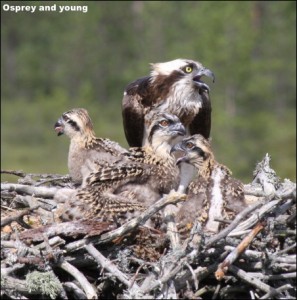
Whilst walking around the reservoirs of Haslingden Grane this week conditions looked perfect for fishing Ospreys as they headed South to Africa. Like all birding you need an element of luck and while no Ospreys were present on the day that we were there what should turn up on the following day – an Osprey heading South! It reminded me of the glorious day I had filming Ospreys at the nest four years ago so I have included some of the photos in this week’s gallery . Click here
This years incredible breeding season continues and I still have two pairs of Barn Owls that have young in their nest from second broods. There can surely never be another breeding season like this one and in Greater Manchester alone more than 100 Barn Owl young will fledge this year.
August 30, 2014 at 7:05 pm
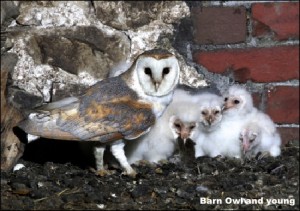
This week’s blog and gallery are devoted entirely to the amazing pair of Barn Owls that this year laid six eggs on the ground in a barn, as there was nowhere else in the barn to nest. I was granted a licence by Natural England to film this unique event and spent three weeks recording on camera the young as they were fed and continued to grow, although always vulnerable to predation. This exceptional breeding event was triggered off by last Winter’s mild weather and an explosion of voles and mice this year and has resulted in many pairs of Barn Owls rearing second broods , as is the case with this pair who now have another six young but this time not on the ground. Enjoy the photos, I did while I was taking them. Click here.
August 24, 2014 at 4:02 pm
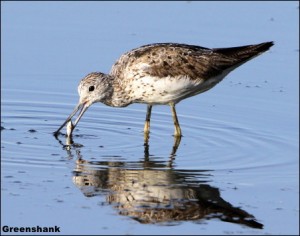 It is always worthwhile visiting Morecambe Bay in August to film the vast numbers of wading birds and butterflies that have all benefitted from this Summer’s good weather. On the coast good numbers of Greenshank were present including one that had mastered the art of catching fish. Black Tailed Godwits were in good numbers with some still in breeding plumage as was a single Knot.
It is always worthwhile visiting Morecambe Bay in August to film the vast numbers of wading birds and butterflies that have all benefitted from this Summer’s good weather. On the coast good numbers of Greenshank were present including one that had mastered the art of catching fish. Black Tailed Godwits were in good numbers with some still in breeding plumage as was a single Knot.
In the limestone areas around Silverdale were plenty of butterflies including the English rarity Scotch Argus. The woodlands were echoing to the calls of Green Woodpeckers many of which were anting on the ground.
On our local canal the first Kingfishers were present this week with two sightings. On the downside were the two hundred Canada Geese in only a two hundred yards stretch of canal!
If you enjoyed the Nightjar photos in last week’s gallery then don’t miss next week’s gallery which will include a unique series of photos of Barn Owls nesting on the ground. Click here
August 13, 2014 at 6:34 pm
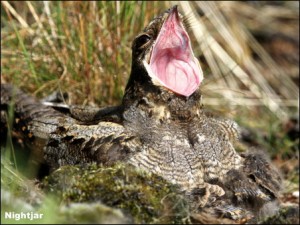
One of the most elusive and mysterious of all our Summer visitors is the Nightjar. In medieval times because of its crepuscular and nocturnal nature and its habits of feeding around goats (because they disturb flying insects on which it feeds) it acquired the name of Goatsucker. This name was further enforced by its enormous mouth and pink fleshy lining, the result of drinking goat’s milk! Today we are more enlightened but none the less it remains a bird of mystery.
In the forty five years that I have been filming birds I always dreamt of sitting in my hide at the nest of a Nightjar and recording on camera what the female did during the day when her eggs had hatched. This Summer it all came to fruition, in a remote Northern forest, as I spent three weeks filming this magical bird. I was able to capture her removing the discarded eggshells, yawning in the hot sunshine and looking after her two young as they remained with her for more than two weeks. The young would also yawn at an early age and the whole family was remarkably camouflage as they lay motionless amongst the young pines. It was an experience to spend the diurnal hours with them. Click here






 It is always worthwhile visiting Morecambe Bay in August to film the vast numbers of wading birds and butterflies that have all benefitted from this Summer’s good weather. On the coast good numbers of Greenshank were present including one that had mastered the art of catching fish. Black Tailed Godwits were in good numbers with some still in breeding plumage as was a single Knot.
It is always worthwhile visiting Morecambe Bay in August to film the vast numbers of wading birds and butterflies that have all benefitted from this Summer’s good weather. On the coast good numbers of Greenshank were present including one that had mastered the art of catching fish. Black Tailed Godwits were in good numbers with some still in breeding plumage as was a single Knot.